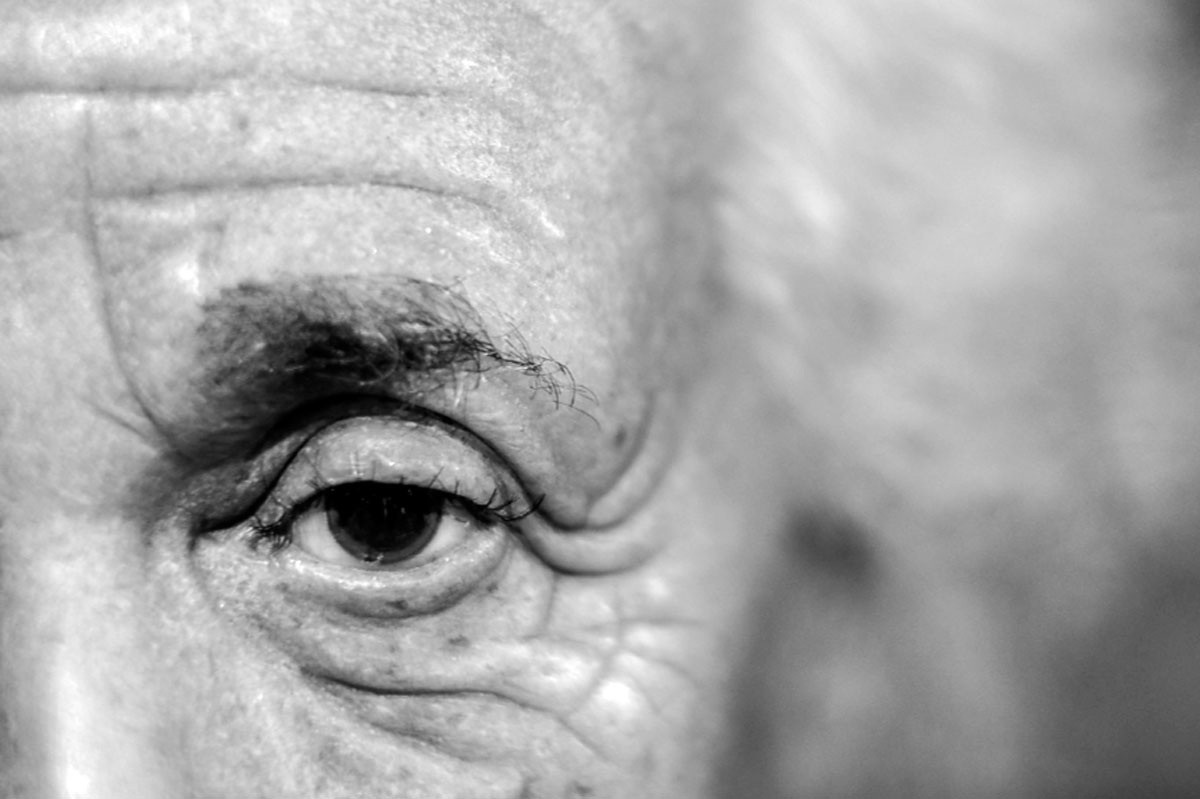Schizophrenia isn’t ‘split personality’—it’s a fracture with reality that begins with a whispering world
Imagine waking up to a world where the rules have changed. The sun still shines, but you know it isn’t ordinary light—it’s a beam from a satellite watching you. In the subway, whispers feel aimed at you, and a simple gesture, like someone adjusting their glasses, seems like a coded signal. Your mind, normally your most reliable tool, starts stitching random moments into a flawless, terrifying story that tells you: everything is against you. This isn’t a horror movie. It’s a glimpse into schizophrenia, a real, stigmatized illness that distorts reality.

In This Article:
Early signs are masked as ordinary anxiety and suspicion; the problem is scale and permanence
Schizophrenia rarely begins with obvious signs. Early clues are often misread as everyday anxiety, suspicion, or apathy. The difference is scale and permanence: ordinary worry has a cause, while the anxiety in schizophrenia can overtake every moment. The world may feel unfriendly and full of hidden meanings aimed at you, not at some distant stranger. This can be the delusion of reference—where ordinary events take on a personal, threatening significance. Inside, the ground of reality may crumble long before others notice.

Voices: multiple, overlapping, and terrifyingly real
The most famous symptom is hallucinations, and the most common form is hearing voices. But voices aren’t always one or two. They can be many, overlapping, and loud, like several radio stations speaking at once. The content of these voices is a direct reflection of the person’s inner state: they criticize, insult, humiliate, comment on every action, and may even command what to do. They feel as real as another person speaking to you and cannot be switched off, which makes the experience crushing and isolating. As one person described, “The voices cut the ear, humiliate, and seem to aim to defeat me.”

Visual hallucinations can be terrifying or unexpectedly gentle
Visual hallucinations can follow later or appear in the absence of treatment. They may be haunting—like a goat with burning red eyes looming in the room—or they can be peaceful or even welcome, born from the person’s deepest fears and desires. A brain might replay a nightmare with cinematic clarity—for example, a person who fears crashing might repeatedly see themselves striking a pedestrian. A hallucination is not just a picture; it is a metaphor materializing inner pain.

Compassion is the quiet, essential therapy: being with someone, not against them
Mental health exists on a spectrum; schizophrenia sits at the far end, where familiar mental processes can lose their grip. People with schizophrenia are not “the others”; they are people whose brains have betrayed them, living in a world that can feel threatening. The way forward is gentle presence: speak calmly, stay nearby, and avoid arguing with delusions or reinforcing them. Think of the ancient idea Tat Tvam Asi—often translated as “That thou art”—as a reminder that we are here with someone: you are not alone. This small act of presence can help steer someone back toward reality, one ordinary moment at a time.

